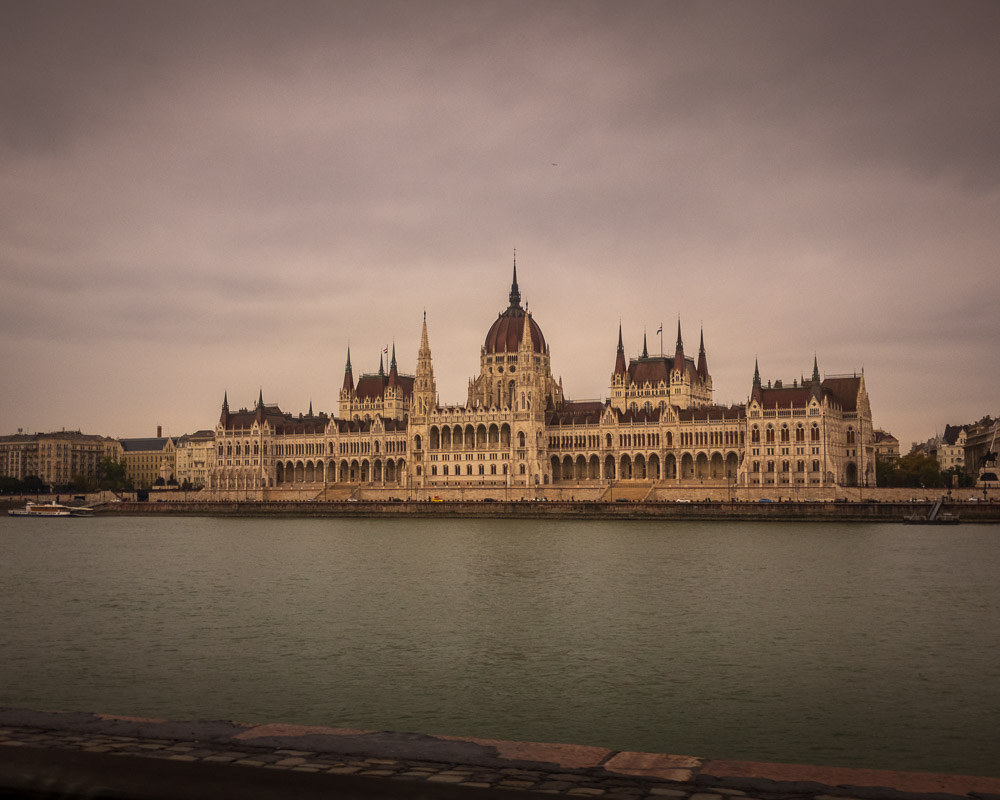T
he best laid plans of mice and men...we wake much too late. So much for our plans of an early expedition in the city before the city wakes. This also means that we may be leaving Budapest later than we wanted. We dress and pack and head down to breakfast. Apparently we were not the only ones with the idea to eat - the breakfast was full of raucous tourists and children. We finally find a free table but it is not easy to navigate the buffet and my frustration is mounting. I grab some meat and cheese while Olaf battles the coffee machine for some caffeine. We eat quickly (the environment is not conducive to a leisurely breakfast) and choose to grab a second coffee at the machine in the lobby to get out of the noise and bustle. We store our luggage in the car and make our way to the Metro station for a last look around the inner city in the daylight. We have been told by Olaf’s friend in Austria that we need to have coffee by the Parliament. That there are many very old coffee shops by the Parliament and we should sit and enjoy a coffee. As the Parliament is at one end of the old city, we decide this is our first stop and that we will make our way back towards the center.
